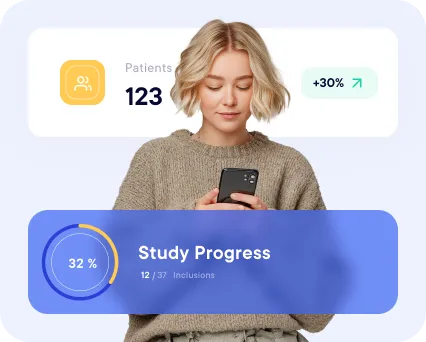1. Introduction to Clinical Trials and APIs
Clinical trials are essential for developing new medical treatments, therapies, and drugs. They involve rigorous testing on human participants to ensure safety and efficacy before a treatment reaches the market. These trials generate vast amounts of data, which must be collected, managed, and analyzed efficiently.
This is where APIs, or Application Programming Interfaces, come into play. An API is like a bridge that allows different software systems to communicate with each other. In the context of clinical trials, APIs can help streamline data collection, integration, and analysis, making the trial process faster and more efficient.
2. How APIs Work
APIs function by allowing two different software applications to talk to each other. For instance, when you use an app on your phone to check the weather, an API is used to pull in data from a weather service and display it on your screen.
In simple terms, here’s how an API works:
- Request: A user or system makes a request for information or data.
- Processing: The API processes this request by querying a database or another service.
- Response: The API sends back the requested data in a format that the requesting system can understand and use.
APIs standardize how data is requested and delivered, ensuring that different systems can work together seamlessly.
3. Applications of APIs in Clinical Trials
Now that we understand what APIs are and how they work, let’s explore how they can be used in clinical trials.
a. Data Integration
Clinical trials involve multiple stakeholders, including researchers, sponsors, regulatory bodies, and healthcare providers. Each of these parties may use different software systems to manage their data. APIs can be used to integrate data from these disparate systems into a unified platform, allowing for better collaboration and decision-making.
Case: A pharmaceutical company is conducting a clinical trial across multiple hospitals. Each hospital uses its own electronic health record (EHR) system. An API can be used to pull patient data from each hospital’s EHR system into the eCRF, enabling the researchers to analyze the data collectively.
b. Real-Time Monitoring
APIs can facilitate real-time monitoring of clinical trials. By connecting wearable devices or mobile apps to the trial’s data management system via an API, researchers can track patient health metrics in real time. This allows for quicker responses to adverse events and more accurate data collection.
Case: Patients in a trial for a new heart medication wear smartwatches that monitor their heart rates. The smartwatches send data to the trial’s database through an API, allowing researchers to monitor the patients’ heart rates continuously and respond quickly if any irregularities are detected.















